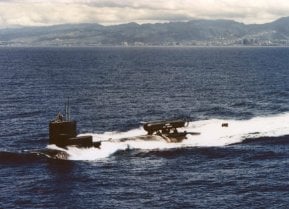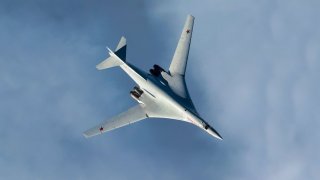Russia's PAK DA 'Stealth' Bomber: It Can Be Explained in 2 Words
As Russia works on its first stealth bomber, the PAK DA, Western analysts question if it can rival the U.S.'s B-2 Spirit or upcoming B-21 Raider. While the PAK DA could make Russia the second country to field a stealth bomber, observers are skeptical about its potential to match American technology.
Empty Threat?: As Russia works on its first stealth bomber, the PAK DA, Western analysts question if it can rival the U.S.'s B-2 Spirit or upcoming B-21 Raider.
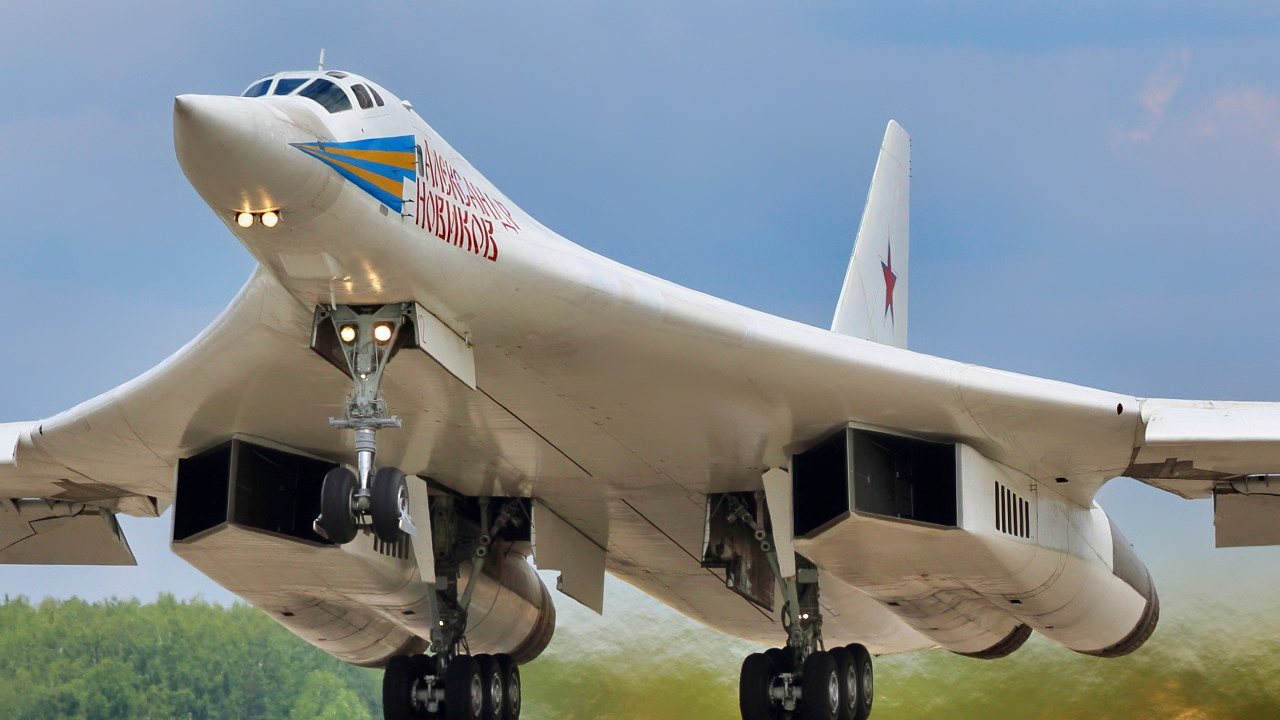
-While the PAK DA could make Russia the second country to field a stealth bomber, observers are skeptical about its potential to match American technology.
-The PAK DA, expected to use a flying wing design with a subsonic speed, faces challenges in replicating the engineering feats of U.S. bombers. Although Russia has a legacy in aerospace, producing a radar-evading, heavy-ordnance bomber is a steep goal.
-Time will tell if the PAK DA lives up to the hype.
Can Russia’s PAK DA Match America’s B-2 Spirit and B-21 Raider?
Americans have been placing an emphasis of concern on Russia’s military abilities for years. The concern isn’t necessarily a vestige of the Cold War – there was a time in the 90s when the Russians were so weak as to warrant little security-related concerns. But Putin’s revitalization of the Russian military has been met with western concern-levels that the reality of Russia’s military abilities do not warrant – and that reaction may well be a carry-over from the Cold War, when the Soviet Union spent four decades as public enemy number one.
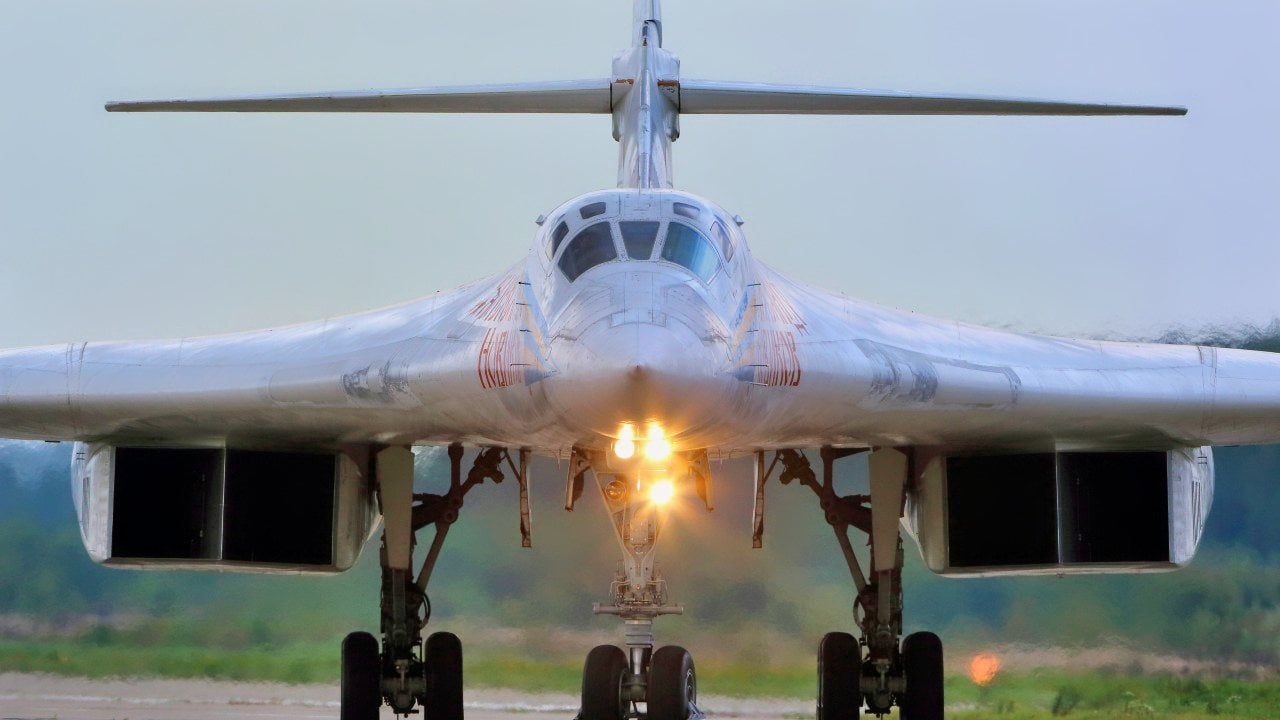
But the current state of Russia’s military doesn’t quite warrant so much western respect. Russia has struggled to gain meaningful territory against a weak and immediate neighbor. And Russian industrial capabilities are limited – especially when compared to the industrial might of the United States or China.
Consider Russian efforts to create a stealth bomber akin to the American B-2 Spirit or B-21 Raider. Known as the PAK DA, Russia is working to field a stealth bomber of their own. Mind you that the B-2 Spirit debuted a generation ago and is already being phased out in favor of a newer, stealthier model. Point being, the Russians are behind the times, at least as far as the standard of a world-class military goes.
But understandably, the Russians want a stealth bomber. The B-2 was indeed a strategic paradigm shifter. The B-2 gave the Americans the ability to drop nuclear ordnance without being detected on radar. Of course, the Russians have always wanted to counter the B-2’s strategic advantage with a stealth bomber of their own. The PAK DA could be that counter.
Reports indicate that Russia is nearly finished with a PAK DA prototype. Russia is slated to build six more PAK DAs. If Russia is successful they would become just the second nation to ever field a stealth bomber (after the Americans). China, too, is working to build a stealth bomber – the H-20 – but is yet to field a prototype.
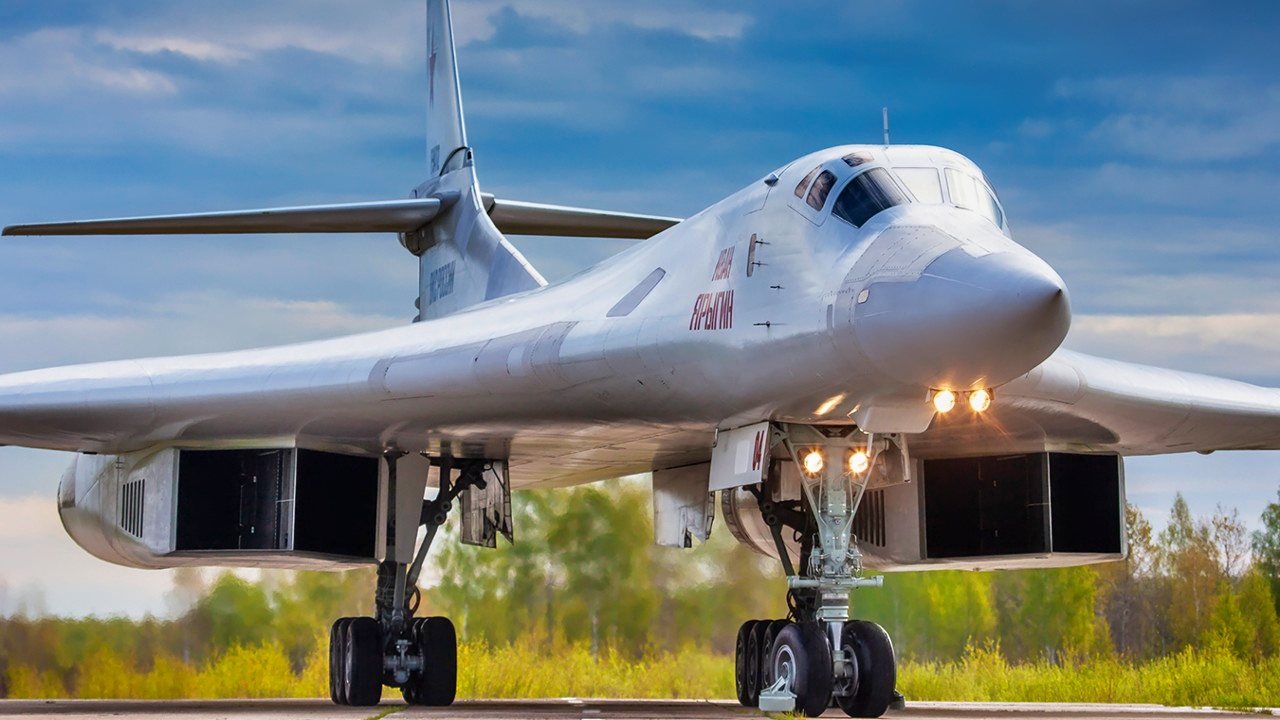
Russia does have a respectable lineage of aerospace accomplishments. Russia was the first to space, after all. And the Sukhoi and MiG brands have earned international respect for fielding (often) capable fighter jets. But crafting a flying wing stealth bomber, which can carry massive amounts of ordnance and evade radar detection, is a tall order. There’s a reason why the Americans are the only country to accomplish the engineering feat to date. Russia is expected to be next. But little is known about the PAK DA or the aircraft’s capabilities.
We can expect a flying wing design. We can expect a subsonic top speed. But that’s about it. Observers are generally skeptical that the Russians will be able to field something on par with American technology. And for the sake of America’s enduring strategic advantage, let’s hope the Russians struggle to replicate the success of the American stealth bomber program.
About the Author: Harrison Kass
Harrison Kass is a defense and national security writer with over 1,000 total pieces on issues involving global affairs. An attorney, pilot, guitarist, and minor pro hockey player, Harrison joined the US Air Force as a Pilot Trainee but was medically discharged. Harrison holds a BA from Lake Forest College, a JD from the University of Oregon, and an MA from New York University. Harrison listens to Dokken.
Image Credit: Creative Commons and/or Shutterstock.
